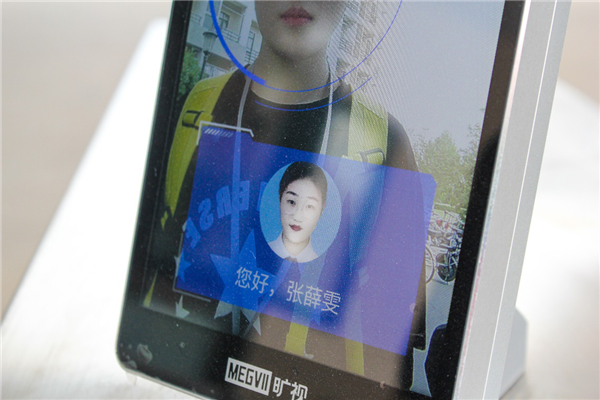Facial recognition: teaching aid or distraction?


The news of China Pharmaceutical University using facial recognition technology to monitor and analyze behavior of students in classes has gone viral and caused heated online debate. Concerns over privacy violations and other technological ethics were raised; the relationship between education and technologies were also questioned.
It is claimed that the behavior analysis system, by documenting and analyzing the response of students throughout the class, can help teachers evaluate teaching quality and adjust plans accordingly. On paper, it is effective -- if the real-time classroom surveillance didn’t make the students self-conscious and distracted in class.
Though the "smart" facial recognition systems were intended to help teachers tracking students' in-class performance, their very presence in the classroom changes the dynamic.
Before, the students could trust that as long as they kept pace with the teacher and completed the assignments, they achieved their goals as students. With the cameras above their head, the students seem to have another authority to report to: the "all-seeing" facial recognition system.
However, we need to ask: Does fixating your eyes at the front of the classroom make a successful student? Does a teacher need to track every eye movement of every student throughout the 45-minute session to know if they are meaningfully engaged in class?
While the technology is neutral and is put in place with the intention of aiding teaching, it sends out a message of distrust. Distrust that teachers can encourage and engage students with their activities; distrust that students have the will to learn in class and the occasional slip-up or daydreaming is not the end of the world.
Attendance is not all there is to education. Teaching is to trying to help students to think on their own, to gradually build the ability to learn on their own. Teaching is not a synonym for behavioral training, where your performance is judged by how long you stared at a certain direction of the classroom or the number of times you smiled at the teacher. You are training "deep fake" actors.
This is not to say all applications of technology should be banned from the classroom. There are many ways in which technology can be used in the classroom that engages students and facilitates exciting, interactive lessons. And the schools' job is to discern appropriate applications from ones that are used for technology's sake.
































